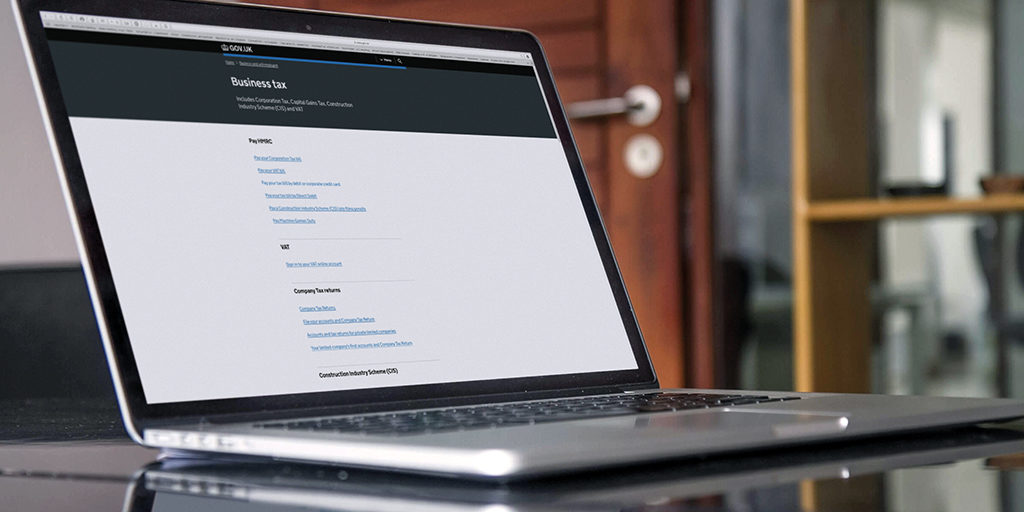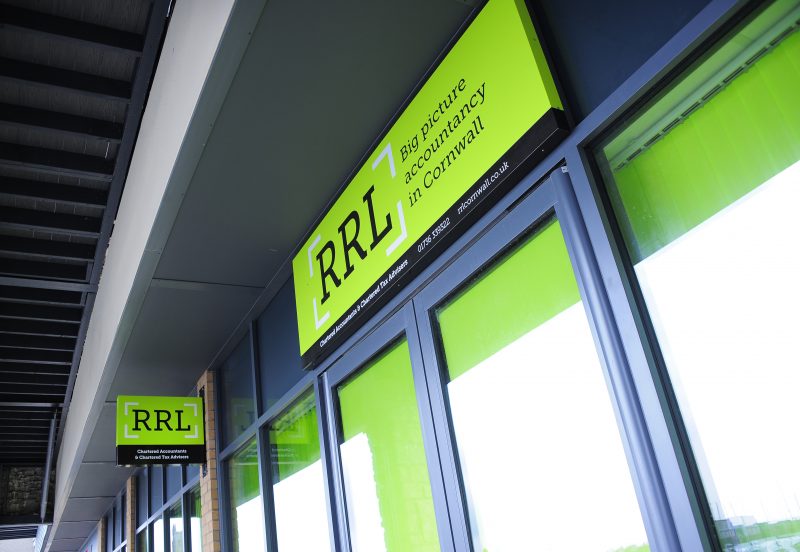Where are we now?
We speak to RRL, experts in accounts and tax advice, in a bid to demystify recent changes in personal tax rates and allowances.
Speaking to Jade Beech at RRL, she has been able to provide us with a summary of some recent changes to, and announcements regarding, tax rates and thresholds, and associated points to consider for the current tax year. First on the agenda are income tax rates: “The annual personal allowance and band thresholds (other than the additional rate) are unchanged for the 2023/24 tax year, meaning the personal allowance remains at £12,570 and basic rate band £50,270. The additional rate threshold has actually been reduced from £150,000 to £125,140; quite a turnaround considering that back in September 2022, the then chancellor (Kwasi Kwarteng) announced that the additional rate of tax would be abolished altogether – an announcement that was quickly reversed!” explains Jade.
Continuing with some valuable information, Jade comments: “When it comes to personal allowance there is a reduction for those with ‘adjusted net income’ over £100,000. The reduction is £1 for every £2 of income above £100,000. So, there is no personal allowance where adjusted net income exceeds £125,140 – consequently, income in between usually carries an effective tax rate of 60%! The other ‘stealth band’ of the high income child benefit charge applies where one partner’s income exceeds £50,000 – this level is also unchanged.
“Such freezing of personal tax allowances and thresholds that would normally increase in line with inflation is known as “fiscal drag”. As a result of this ‘freezing’, recent reports suggest that one in five taxpayers will be paying higher-rate income tax. This is exacerbated by the current high levels of inflation in the UK. The dividend income allowance allows each taxpayer to receive an amount of tax-free dividend income each year. This allowance was set at £2,000 for the 2022/23 tax year (having started at £5,000), however, has been reduced to £1,000 for the 2023/24 tax year, and to £500 for the 2024/25 tax year.”
Capital Gains Tax (CGT) is something which can affect anyone who is selling, giving away or disposing of a chargeable asset and making a subsequent a profit or gain. Jade tells us that: “CGT rates are unchanged, and gains on some assets are exempt from CGT, for example the disposal of your main residence (although this is not always the case). Most UK resident individuals are entitled to an annual tax-free exemption, and will not be required to pay CGT if total gains do not exceed the exemption limit for the tax year in which the disposal occurs.
“The annual exemption for the 2022/23 tax year was £12,300, but is reduced to £6,000 for the 2023/24 tax year. A further reduction is planned for next year (2024/25) where the exemption will fall (and be permanently fixed) to £3,000. This change will undoubtedly result in a significant increase in the number of individuals now having to report capital gains to HMRC and pay CGT.”
Inheritance tax is something else to consider and is usually payable at 40% of the value of someone’s estate that exceeds the available nil-rate bands after reliefs and exemptions. “This rate is unchanged,” says Jade. “The inheritance tax (IHT) nil rate band remains at £325,000 and remains unchanged since 2009/10. If increased in line with inflation, this would be in excess of £450,000 for the 2023/24 tax year; a significant difference, especially considering the sharp rise in house prices in recent years. The residence nil-rate band stays at £175,000. Both have been frozen until 6 April 2028 at the earliest. The freezing of these bands, coupled with the high levels of property inflation is resulting in more and more estates paying inheritance tax.”
Jade’s final advice is on pension changes: “The 2023 spring budget included various pension measures with a view to supposedly encourage NHS employee retention and recruitment. One notable key change was the increasing of the Annual Allowance (the amount of total of pension contributions (employer and employee) an individual can benefit from in a tax year) from £40,000 to £60,000. This should prompt higher earners to consider their pension contributions and limited company shareholder/directors to revisit cash extraction strategies where employer pension contributions are used. Other changes involved the controversial removal of the lifetime allowance charge – welcomed for those with sizeable pension funds. This may, in theory, represent benefits and opportunities for some, however, specialist and experienced advice should be sought from a pensions specialist before acting. One concern is that the removal maybe short-lived.”
RRL
Truro TR1 2DP
01872 276116
post@rrlcornwall.co.uk
www.rrlcornwall.co.uk









